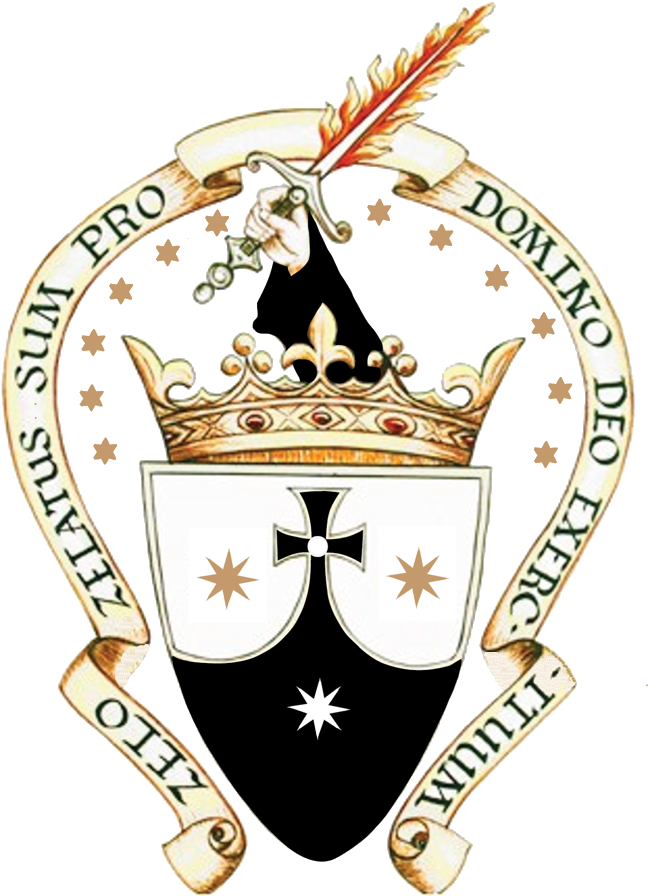Cenobitic Life
Response to God's Love
We are all hermits because, as the term suggests, “we are desert dwellers,” but in varying degrees of outward loneliness. Despite this life of intense solitude, we maintain a healthy fraternal life in community, not only in the form of prayer and work, but also in leisure and Sunday solemnities.
The praises that many founder saints give to leisure are endless, as a means to acquire more virtues, to know God better and to temper the rigor of penance, savoring a little, in advance, the happy communion of saints which we will enjoy in eternity.
Around 1207, the prior of São Brocardo, in order to better organize the community, asked Saint Albert to write them a formula of life. The rule is intended for hermits. It is not possible for someone to live the Primitive Rule if he does not seek the hermit life. However, it is very confusing that the term hermit is normally understood as one who lives totally alone. How can a hermit live in community?
First of all, we must know what it means to be a monk: “The monk owes his name, in the first place, to the fact that he is alone (monos), because he does not marry and renounces the world, interior and exterior: exterior, renouncing matter and the things of the world; within, renouncing their own representations, preventing thoughts of worldly concerns. Second, he is called a monk, because he prays to God with unceasing prayer, to purify the mind from many and contrary thoughts, so that his mind may become monos, in itself and alone before the true God, remaining pure and upright before God." This is the concept of the word monk, expressed in a very old commentary. However, generally when we speak of monk, we mean cenobite, that is, one who lives with others. The word: anchorite means someone who is outside the region, representing the isolated monk or hermit in the strict sense.
The term 'hermit' simply means inhabitant of the hermit (desert). We can thus differentiate those who live in community (hermit-monk) or those who live totally isolated (hermit-anchorite). In the Holy Land there were many communities of hermits, that is, monasteries in which each had a separate laurel or chapel, but which had a bond of communion between them. Generally, they had a common chapel, a common refectory and some elements of cenobitic (community) life. As they valued solitude more than community life, they preferred to call themselves hermits and not monks. Therefore, our brothers who received the Rule were hermits, not because they lived in isolation (like anchorites), but as hermit monks according to Palestinian custom. For this reason it is also possible to use the expression: Hermit-monks, widely used in the book of the institution.
The monasteries put an end to a life of intense solitude, living this great ideal: “Restore the order of the great prophet Elijah”!
In this way, a very effective and favorable environment for retreats, in addition to the professional experience that takes shape in the own identity of the Monastery. Although located in places far from the cities, they end up being the favorite target of the faithful attracted by the help of the Sacraments. Carry a vigorous apostolate flow to the nuns even without leaving their cloister.
